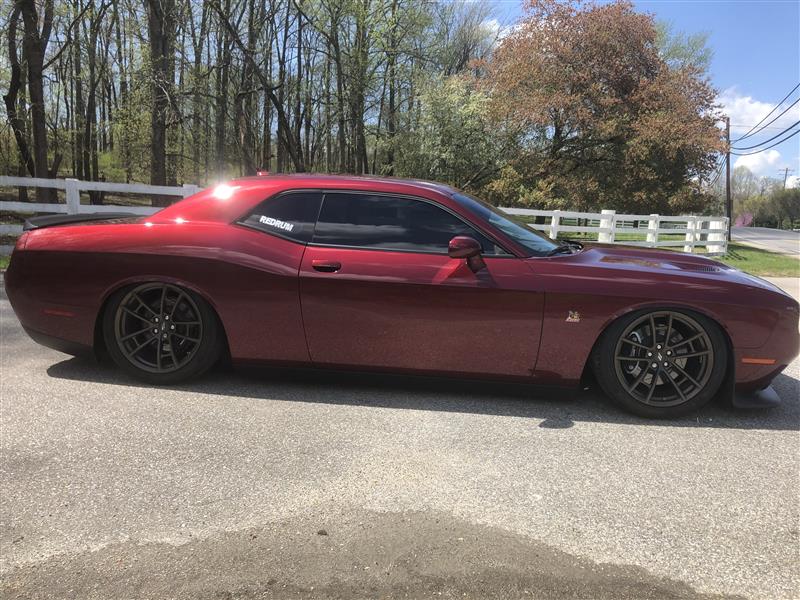
The way your vehicle’s wheels make contact with the road will make a big difference in how the car handles and how it responds to movements in the steering wheel. Drivers who are passionate about performance will make small adjustments to the suspension and fine-tune things to be as responsive as possible. These adjustments can have all kinds of benefits and drawbacks and can help your vehicle handle at its best.
One of the most effective ways to adjust your vehicle’s suspension is to change the camber. The camber refers to the angle of the wheels in relation to the rest of the chassis. They can either be turned inward or outward and both ways can change the feel of the car. Knowing the pros and cons of negative camber will help you decide if it is right for you and your driving needs.
What is Negative Camber?

Negative camber is when the tops of the wheels are angled inward toward the center of the vehicle. This means that the bottoms are angled outward and that there is slightly less contact on the road for the inner part of the tires when the car is going straight. This adjustment can change the way the vehicle steers and handles in turns, though, since there will be an increase in the contact patch in the corners. Depending on what you’re looking to get out of your car, negative camber could be the right choice for you.
Benefits of Negative Camber
Improved Cornering
With a negative camber on your vehicle, you can vastly improve the car’s grip when cornering. When you make a turn, the whole vehicle leans, which will decrease the amount of contact if the wheels have a neutral camber and are perfectly straight. If the wheels have a negative camber, though, the movement of the frame will increase that contact patch and give you much better traction. This can be incredibly advantageous if you want to be able to take corners quickly without risking a loss of control.
Enhanced Stability
Because of the increase in the contact patch when the vehicle is leaning, negative camber also improves stability at higher speeds. Stability at high speeds is important for safety as well as performance and adjusting the camber can give you a little more confidence behind the wheel. The stiffer feel of the vehicle will be a great way to get the best performance out of your car.
Reduced Understeer
Understeer can be an issue with front-wheel drive cars, and you might not have the turning radius you want if the wheels are at a neutral camber. With a negative camber, though, understeer is vastly reduced thanks to the increased contact patch. This gives your car a more responsive feel in the corners and a tighter turning radius, especially when you are turning at a higher speed.
Disadvantages of Negative Camber
Increased Tire Wear
Because you will mostly be going in a straight line during your daily driving, negative camber can increase tire wear. That can quickly turn into premature tire replacements since the inside of the tires will have more pressure on them than the outside. If you use your vehicle as your everyday driver, negative camber might not be your best bet. Instead, you will want a more neutral camber where the biggest contact patch occurs when you are going straight. This may not get you the cornering response you want, but it will end up being cheaper for you and better for your tires in the long run.
Lower Fuel Efficiency
If you are looking to get the best fuel economy out of your car, a negative camber is not going to be a good option. A decreased contact patch means it takes more energy for the engine to move the car along the road. Any time you create more work for the powertrain, you end up expending more fuel than you normally would. A neutral camber is the best choice for maximizing fuel economy and making the most of every gallon.
Harsher Ride Quality
Negative camber will almost always translate into a harsher ride for your vehicle. Any bumps or inconsistencies in the terrain will be much more apparent in the cabin and you might not be as comfortable as you would be with a neutral camber. Because of this, commuters and people who regularly use their car for long trips will most likely want to avoid a negative camber.
If you want to fine-tune your suspension and get the best possible performance out of your car, we have everything you need. With a wide range of tools, parts, and accessories from top brands, you can make the right adjustments and give your vehicle the ride quality and handling it deserves.



